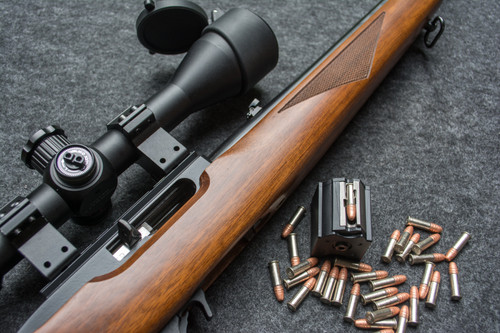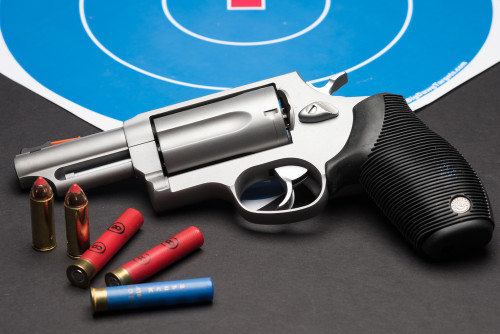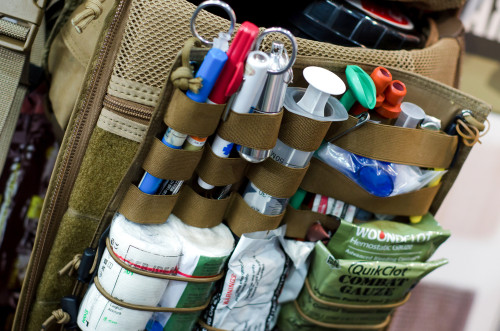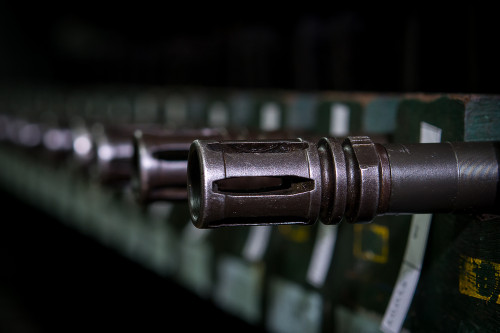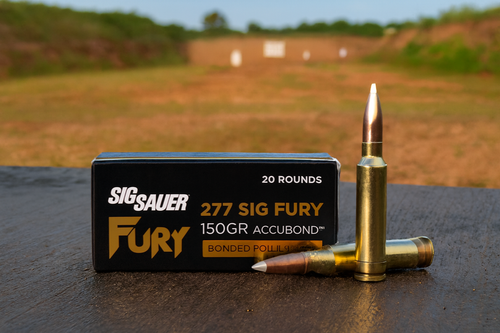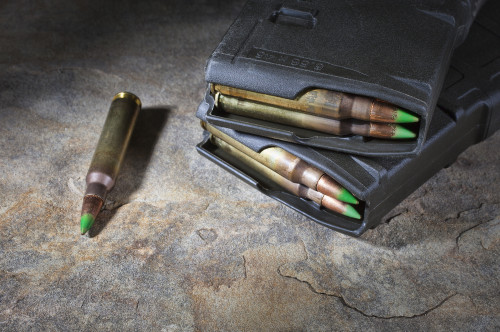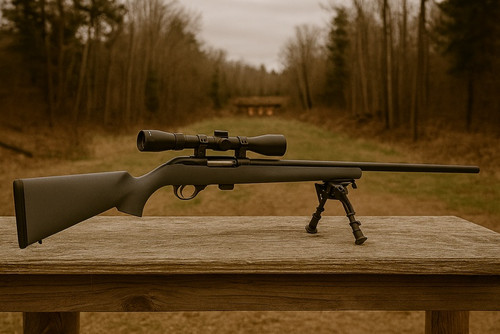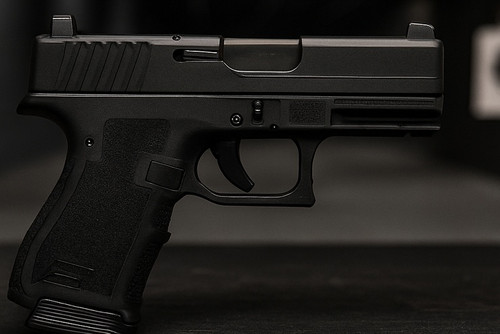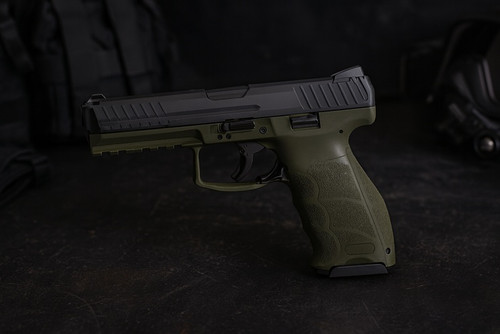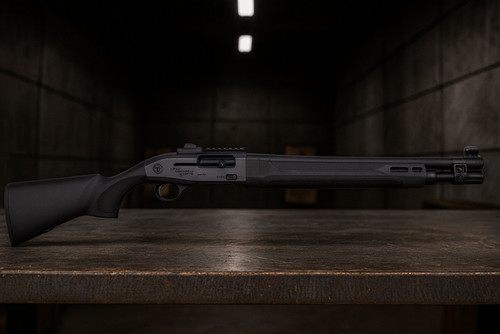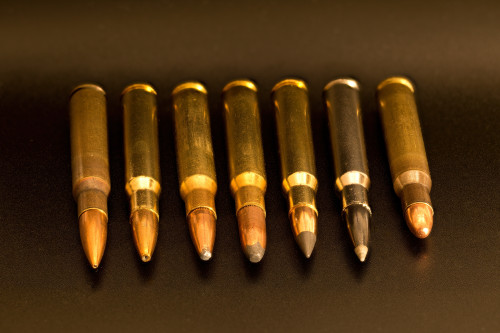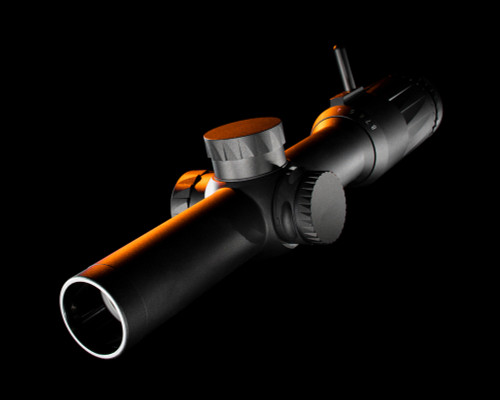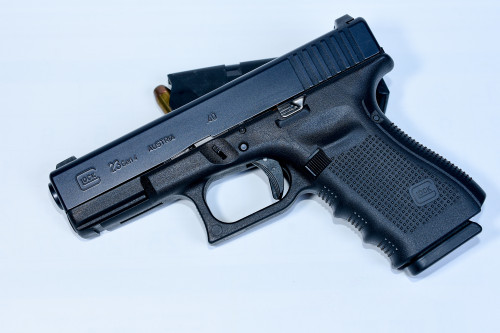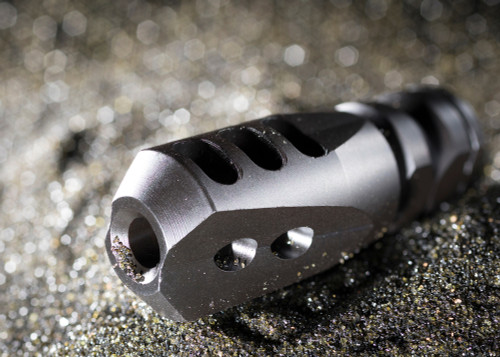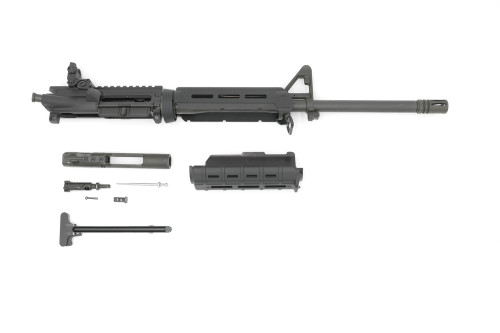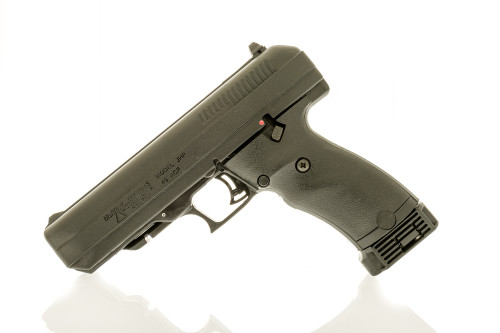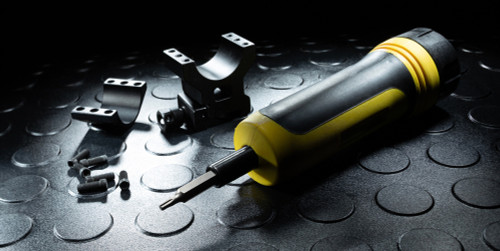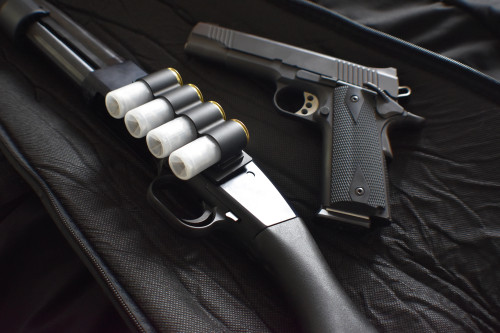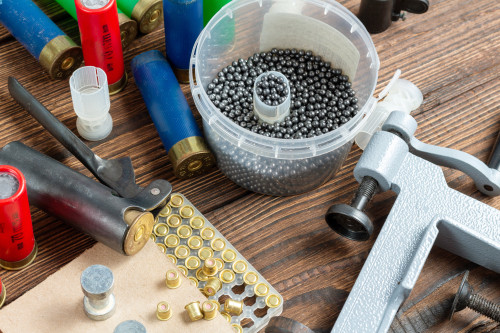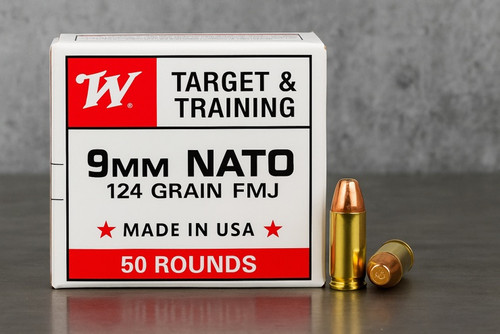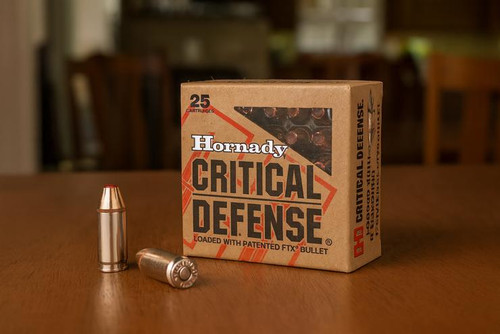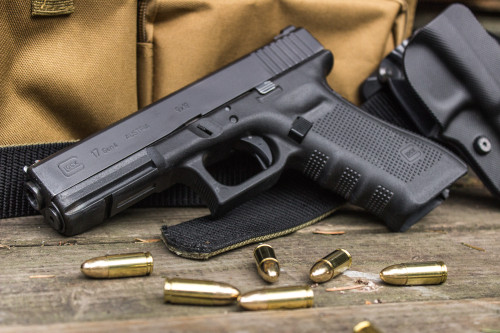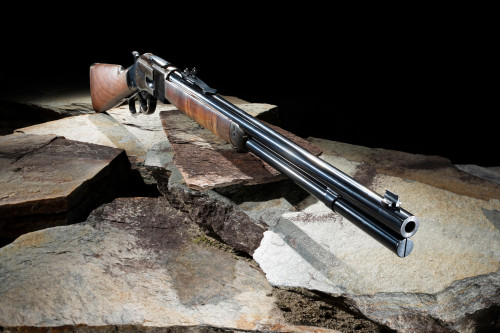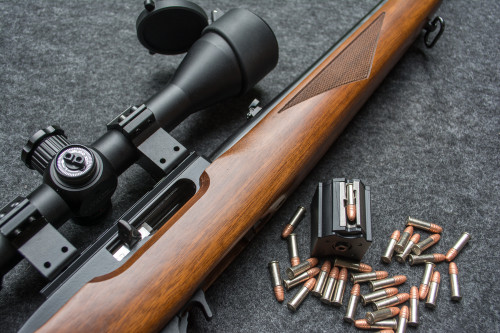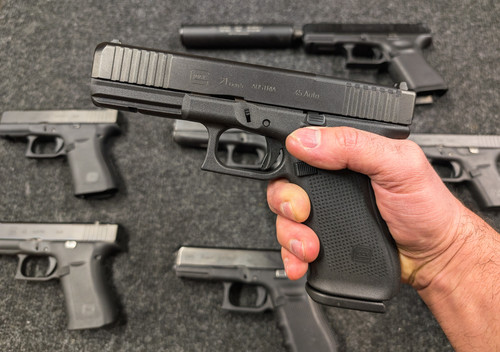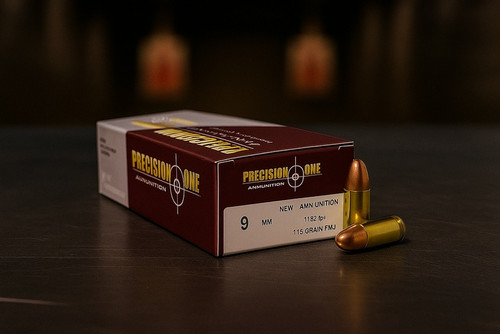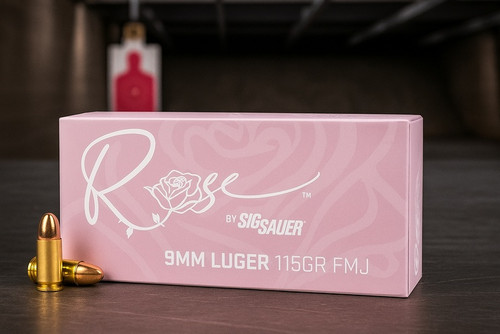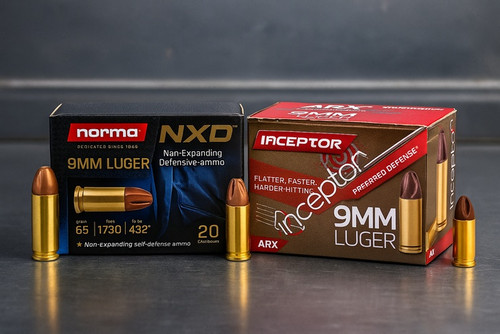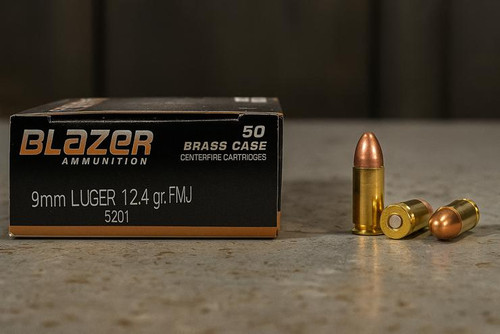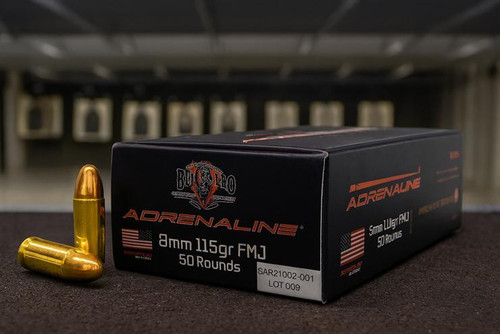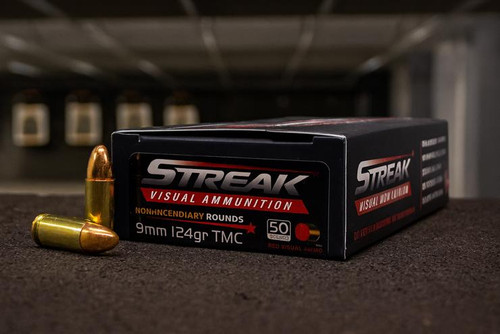When you’re shopping for self-defense ammunition, it’s easy to get pulled in by promises of “premium performance” without the premium price tag. Ammo Inc.’s 9mm JHP is one of those rounds—brass-cased, hollow point, and widely available for much less than the heavy hitters like Gold Dot or HST.
But just how well does it perform when tested in real-world carry guns? That’s where things get more complicated.
What It's Designed To Be
Ammo Inc. markets its JHP line as a self-defense option for everyday carry, offering consistent terminal performance with American-made components and attractive packaging. Their 9mm loads typically come in 115-grain and 124-grain variants, both with brass cases and traditional jacketed hollow point bullets.
On paper, it checks the right boxes:
| Specification | Detail |
|---|---|
| Caliber | 9mm Luger |
| Bullet Weight | 115 gr (also available in 124 gr) |
| Casing | Brass, reloadable |
| Intended Use | Self-defense / EDC |
| Muzzle Velocity (115 gr) | ≈1,124 fps |
| Muzzle Energy (115 gr) | ≈327 ft·lbs |
These numbers are right in line with many common carry loads. But as we all know, performance in a lab doesn’t always translate to reliability in your holster.
Performance: What Testing Tells Us
While Ammo Inc. hasn’t published in-depth ballistic gel testing across barrier protocols, a few third-party testers and experienced users have put their rounds through the paces.
Ballistics reports show:
- Penetration: Generally falls within the FBI’s minimum guideline of 12 inches, though some lots fell just short depending on barrel length and medium.
- Expansion: In clear gel, expansion was inconsistent—some rounds expanded cleanly, others showed more limited petal separation.
- Velocity & Energy: Manufacturer specs align with what was observed from 4" and 5" barrels. Standard deviation across rounds was average—nothing wildly out of spec.
- Accuracy: Group sizes hovered around 2 to 3 inches at 15 yards in full-size pistols.
All told, the performance was adequate for defensive use—especially for a budget JHP—but lacked the polished consistency of better-known competitors.
Mixed Shooter Impressions
Here’s where Ammo Inc. 9mm JHP gets interesting. User experiences vary widely depending on the platform used and the specific lot of ammo.
Some shooters report flawless feeding and acceptable cleanliness in their full-size pistols. One user mentioned running two boxes through a pistol-caliber carbine without a single malfunction. Another said their SIG P365 “ate it like candy” and even cycled better than more expensive rounds.
But not everyone had that luck.
“I bought a box of the 115 grain JHP for my GX4, and it just didn’t play nice. It struggled to feed reliably—even after a full cleaning and lube.Some will say it is the platform but it runs most other options well. On top of that, it was extremely dirty. I could actually feel the buildup affecting slide function by the end of the session. That’s just my personal experience, but it was enough to steer me away from using it in a carry role.”
Other complaints across forums include inconsistent seating depth, overly smoky powder, and difficulty extracting spent casings. While these weren’t the norm, they came up often enough to suggest some quality control variance between batches.
Pros & Cons at a Glance
What’s Good:
- Inexpensive for defensive ammo
- Reloadable brass
- Performs decently in many full-size handguns
- Widely available
What’s Not So Great:
- Inconsistent expansion in some tests
- Dirty-burning powder
- Reports of malfunctions in certain compact pistols
- Unclear long-term quality control across production lots
Final Verdict: Is It Carry-Worthy?
Ammo Inc. 9mm JHP is one of those loads that walks the line between “budget option” and “you get what you pay for.” For some, it's perfectly reliable and accurate enough for defensive use. For others, like yourself, it falls short—especially in more finicky or compact pistols.
The bottom line? This ammo might be worth considering for range testing or backup use, but if you’re carrying a compact pistol like a Taurus GX4 or SIG P365, you’ll want to do your homework. Run a full box through your carry gun. Watch for feeding issues. Clean your weapon afterward and evaluate how fouled the internals are. If everything checks out, great. But if you're seeing issues, don’t force it—go with something more proven.
Self-defense ammo is a “no-compromises” part of your kit. If Ammo Inc. runs flawlessly in your setup, that’s fantastic. If it doesn’t, don’t take the risk just to save a few bucks per box.
For more testing results and performance comparisons beyond Ammo Inc JHP, don’t miss our guide to the best 9mm for self-defense — an excellent resource for anyone researching carry ammunition.
Ammo Inc. 9mm JHP — Performance Summary
| Category | 115 gr JHP (Published / Tested) |
|---|---|
| Muzzle Velocity | ≈1,124 fps |
| Muzzle Energy | ≈327 ft·lbs |
| Penetration | ≈11.5″–13″ (depends on barrel & medium) |
| Expansion Consistency | Mixed — some rounds show full expansion, others partial |
| Accuracy | Typically 2–3″ groups at 15 yards (average, pistol-dependent) |
| Cleanliness | Below average — notably smoky in some lots |
| Reliability | Mixed — performs well in some firearms, poorly in others; test in your gun before use |
FAQ:
Is this good ammo for carry?
It depends on your firearm. In some guns, yes. In others—especially compacts like the GX4—it may cause feeding issues or excessive fouling. Test before carrying.
Does it meet FBI ballistics standards?
Mostly. Penetration often falls within the 12–18" range, but expansion isn't always consistent.
Is the brass reloadable?
Yes. Brass is boxer-primed and reloadable, assuming it's properly cleaned and inspected.
How does it compare to Federal HST or Speer Gold Dot?
It doesn’t. Those are premium duty-proven loads with years of FBI testing and barrier validation. Ammo Inc. is budget-friendly but lacks that long-term track record.
Is it worth buying at all?
Sure—if you want to test a cheap JHP option and don’t mind getting your gun a little dirty. Just don’t skip the function test phase.




 Pro Armory Editorial Team
Pro Armory Editorial Team




